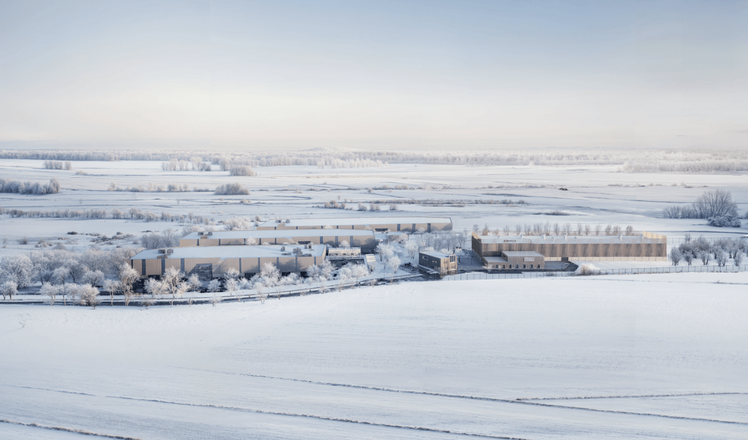As the summer in the southern hemisphere comes to an end, preparations are being made for a flight over the Southern Alps in New Zealand to survey glaciers. This annual flight supports the longest scientific study of New Zealand’s glaciers and reveals that all of them have retreated since 1978.
This year’s survey takes place after the warmest year on record globally and the second warmest for New Zealand, which resulted in extreme weather events and impacts on local communities. Despite the strong El Niño conditions in the Pacific, which usually increase ice volume, it is expected that the recent heat will have had a negative effect on the glaciers.
Monitoring work on the ice in the Southern Alps and central North Island has shown that many small glaciers are nearing extinction. The 46-year record of end-of-summer glacier images is valuable evidence of climate change, clearly showing how glaciers have changed over the years, especially during extremely hot years like 2023.
In addition to studying images of glaciers taken from aircraft, researchers can also learn from historic paintings of New Zealand’s mountain landscapes. Paintings with glaciers are common for the European Alps, but rare for New Zealand. Some of these artworks were created without the artists ever seeing the glaciers themselves. By comparing these paintings with current photos, scientists can vividly see the magnitude of ice loss since the mid-1800s.
The perspective provided by these paintings aligns with studies that indicate ice retreat began in the mid-1800s, after a period known as the Little Ice Age. Modeling ice volume loss using these landforms from the Little Ice Age provides a benchmark and shows that recent changes have occurred rapidly, with peak summer flows from glaciers becoming a thing of the past.
Glacier retreat is happening at an accelerating pace. Long-term photographic records from the Southern Alps show that snowlines are rising faster due to climate warming. Ice is disappearing from mountains that held small amounts in the late 1970s, leading to the extinction of glaciers in those areas.
Combining long-term snowline observations with field measurements and 3D models of ice volume change provides a comprehensive understanding of how things have changed and what may come in the future. Since 1978, an estimated 13 trillion liters of water in the form of ice have been lost from the Southern Alps, equivalent to the basic water needs of all New Zealanders during that time.
Regions around the central Southern Alps, such as Southland and Otago, are experiencing accelerated ice loss, with small glaciers rapidly approaching extinction. The same is happening in the central North Island, where glaciers on Mt. Ruapehu are feeding into the headwaters of the Waikato and Whanganui rivers. The glaciers on Mt. Ruapehu are also approaching extinction.
The diminishing glaciers in New Zealand and the loss of ice worldwide are primarily caused by rising temperatures due to human activities and greenhouse gas emissions. The increase in atmospheric carbon dioxide continues to rise, and urgent action is needed to protect the glaciers.
The retreat and possible extinction of Mt. Ruapehu’s glaciers raise ethical questions, especially since they sustain the Whanganui River Te Awa Tupua, which has been granted the rights of a living entity. The ongoing harm to the environment and people highlights our collective responsibility to address these issues.
The authors express their gratitude to those who have contributed to the research and monitoring efforts, including Rebekah Parsons-King, Brian Anderson, and Pascal Sirguey.
